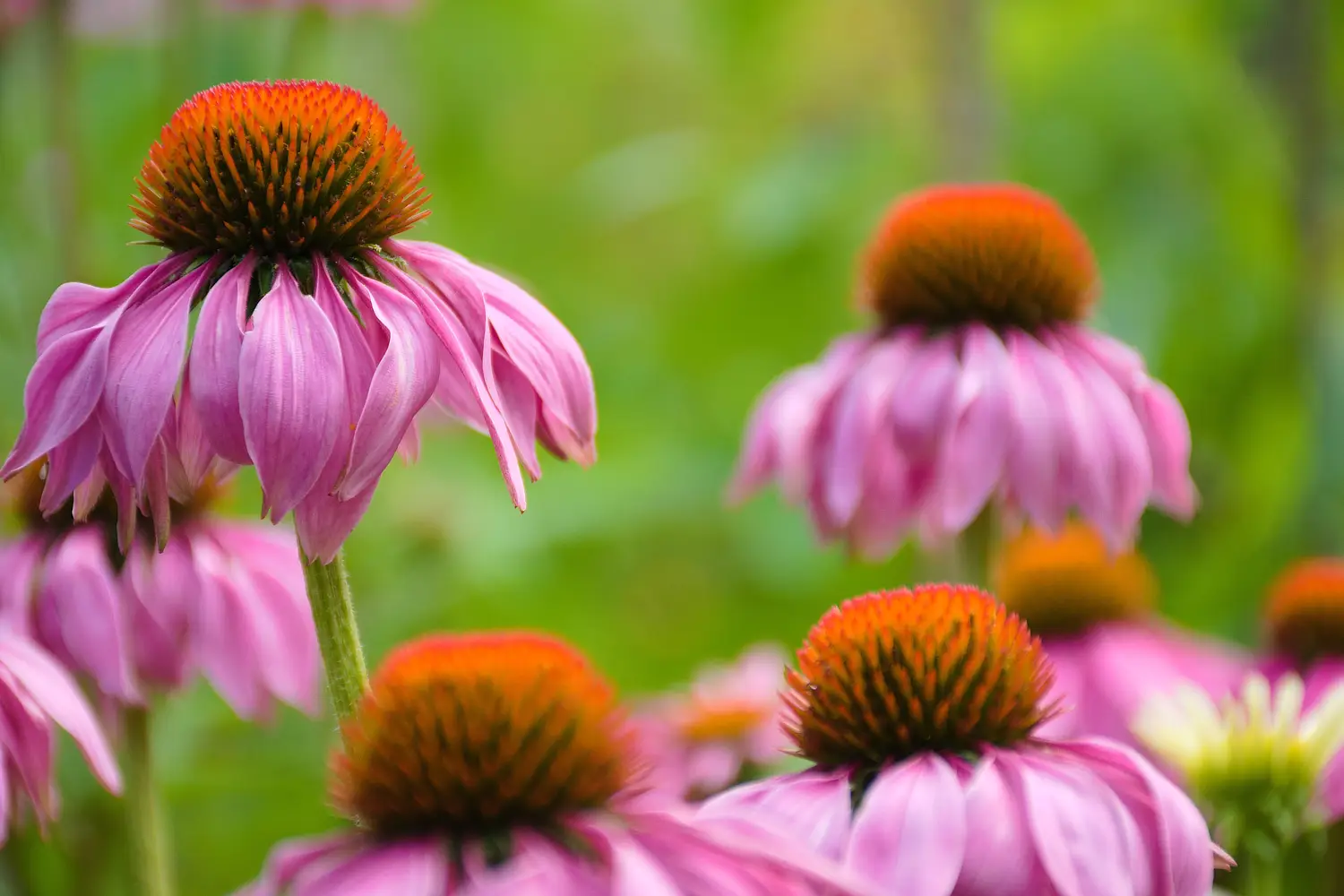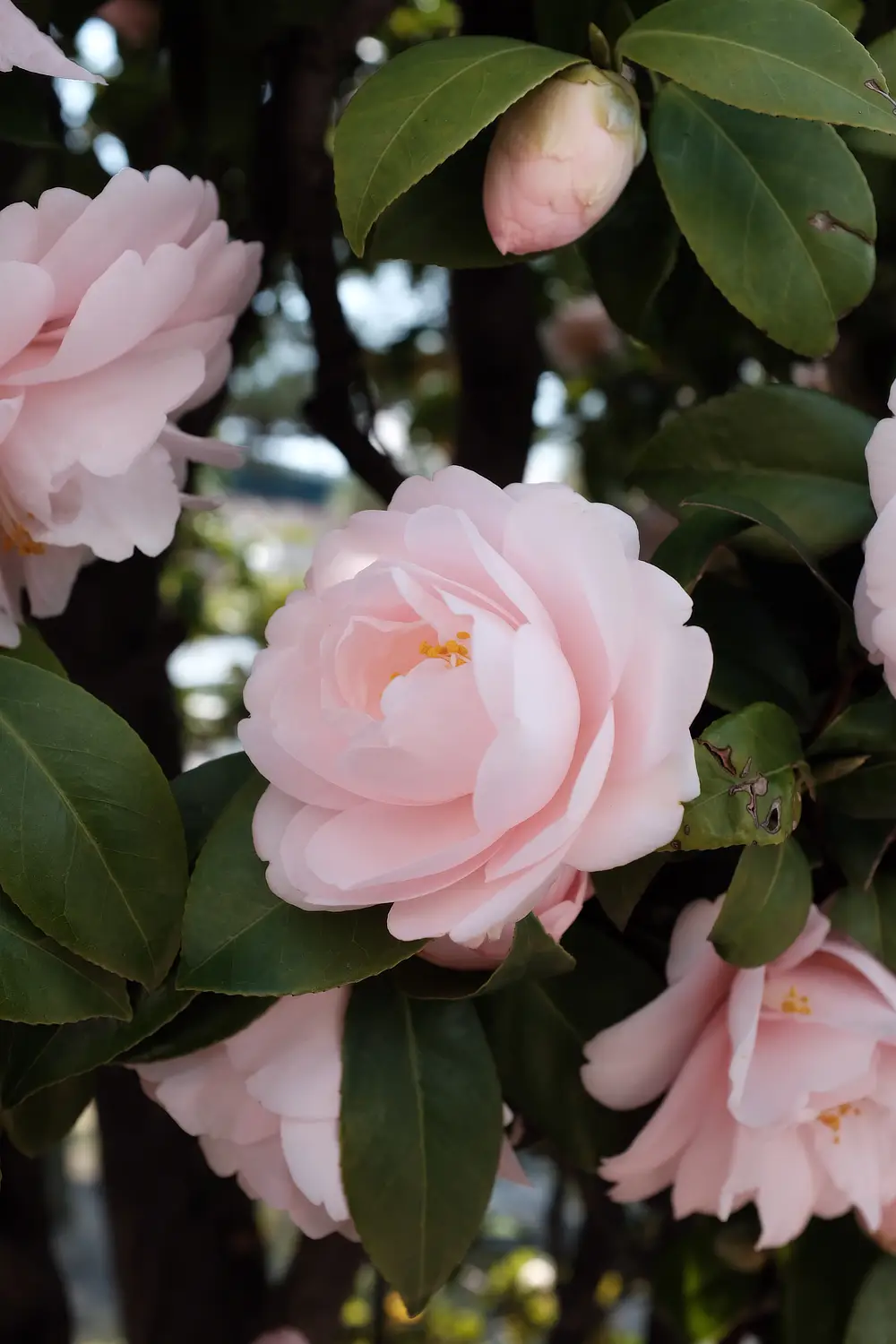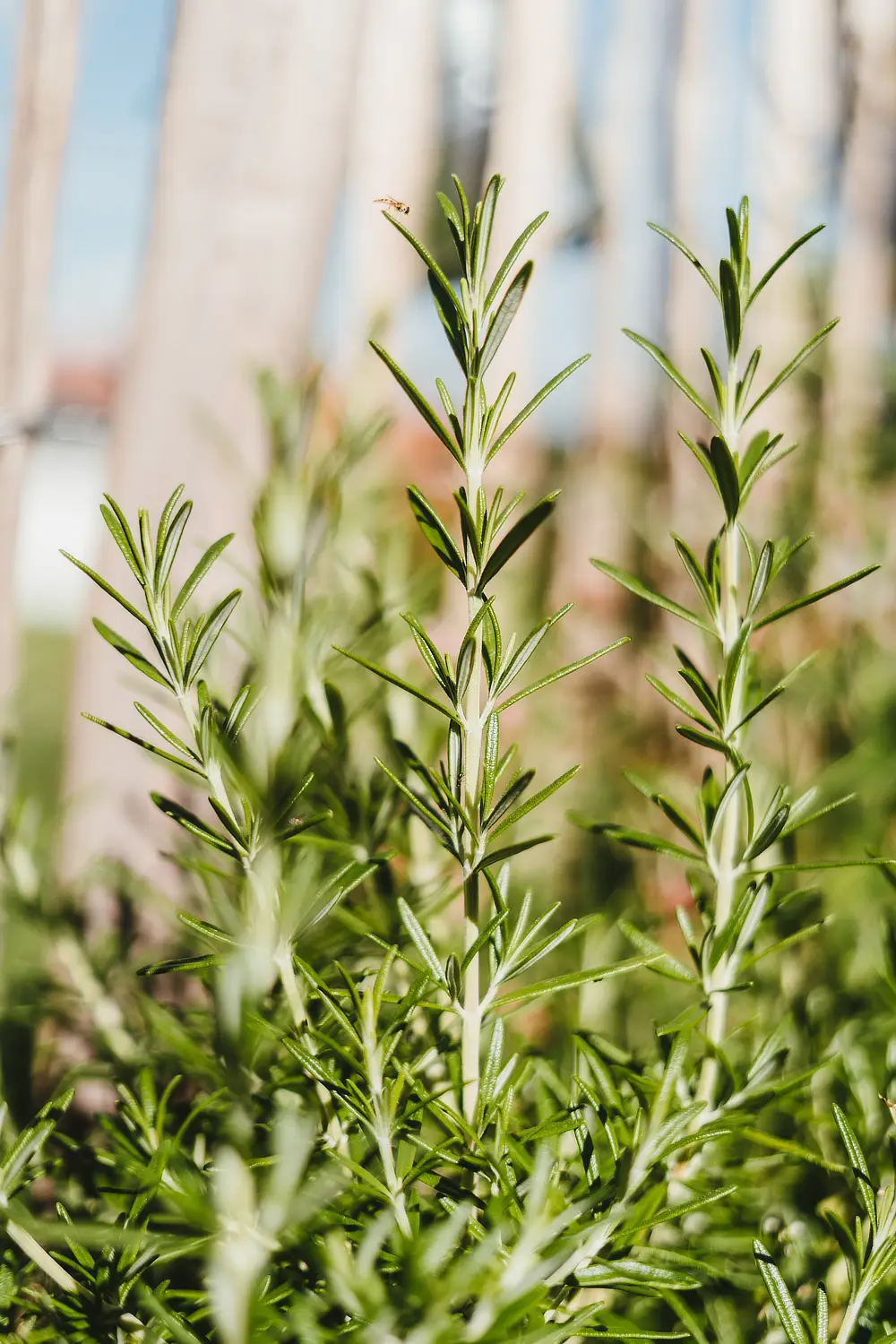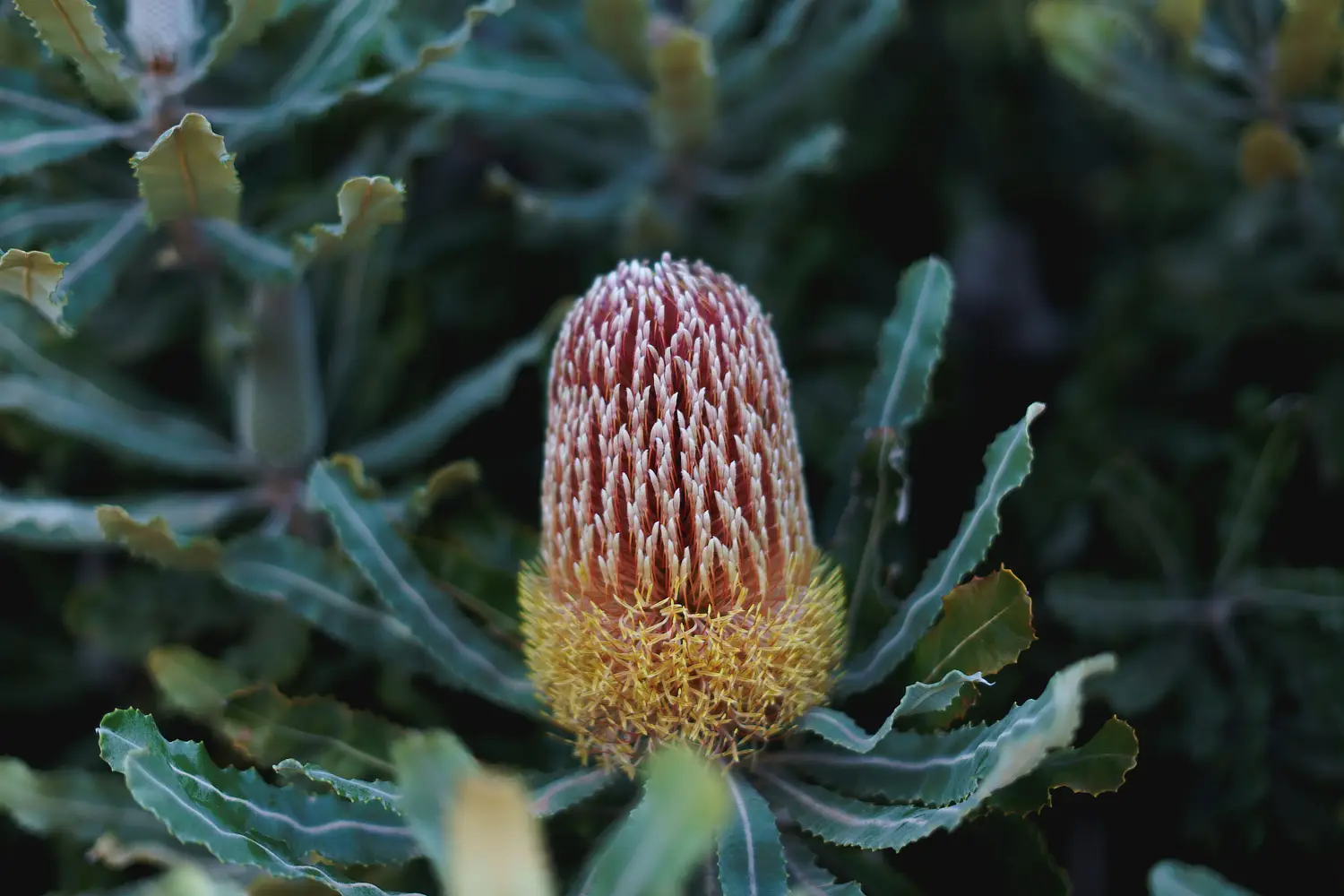Understanding Plant Names – I always thought learning Latin was a waste of time at school, why would I need to know how to say that Matella is laying horizontal in the hall? (Matella ponit horizontaleum in aula). Strange how the world works, because now I use Latin every day to work out what plants will look like, where they are from and even how they grow.
Every plant has its own individual botanical name to distinguish it from the other plants, we may use common names but these can differ not only between countries but within countries too so it’s important to know the scientific name, so you know what you are growing and how to care for it.
Botanical names are based heavily on the Latin language, and you can tell a lot about a plant by what it is called. A plants botanical name is split into two the genus it belongs to and the species it is of that genus, for example camellia japonica is a member of the Camellia genus and it’s a japonica type (in this case as the name suggests it is from Japan).
Being classified into a certain genus means you have certain characteristics as a plant, often based on flower type, leaf arrangement, stem shape or other distinguishing features. The genus names come from various sources, for example in Latin Camellia comes from the phrase “Helper to the priest” and was named after botanist Geirg Joseph Kamel who practiced pharmaceutical botany in the late 17th century. Another genus named after a botanist is the native plant family Banksia, named after Sir Joseph Banks, the first to take Banksia samples back to Europe in 1770. That said not all genus are named after a botanist, or use the Latin language, the Podocarpus family come from the Greek words ‘foot’ and ‘fruit’!
The species name is the one that gives you the most information about the individual plant and this can come down to original location, shape and colour of leaf, growing habit and even water requirements. Australis, Japonica and chinensis tell you where the plant is from so you can make assumptions as to how to grow these species due to the climate they have evolved in.
When looking at plant names you can take a guess to how they might look too, Echinacea purpurea for example is commonly known as the purple cone flower and those with ‘aurea’ in their name always have golden or yellow accents to the new growth, flowers or leaves. Alba is used for white accents or flowers on a plant and coccinea scarlet or red. If you see a plant name with grandiflora at the end of it you know you are in for a large flowering treat.
Horizontalis is the easiest to decipher, thanks to Matella and my Latin classes with ground covering horizontal foliage, the names are a giveaway for leaf shape too Banksia serrata is easy to spot with its serrated leaves. Tomentosum refers to the fine hairs found on downy leaves and odorata suggests scented foliage.
Plant growth habits also often adopt Latin to describe them – fastigiatus for example in Latin means when all parts are nearly parallel and in plant terms this refers to very upright growth. Prostratus in Latin refers to lying face down on the ground and in the plant world this term is used to describe a ground cover plant. Nana means dwarf in Latin so you can expect a small plant or smaller version of a larger plant in the same genus.
As well as genus and species plants can also be given a cultivar name – this is a type of a certain plant with very specific characteristic that has been bred and is not naturally occurring. You can tell if a plant has a cultivar name as the first letter of each word of the name has capital letters and is in quotation marks for example Banksia spinulosa ‘Birthday Candles’.




